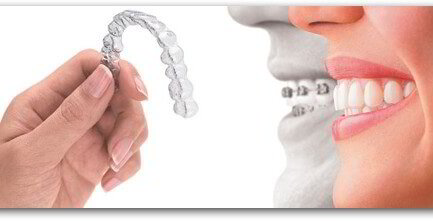Orthodontic treatment offers a wide range of functional benefits that go beyond simply improving the aesthetic appearance of teeth. These benefits significantly impact oral health, overall physical wellbeing, and even quality of life. The following essay outlines the key functional advantages of undergoing orthodontic treatment.
One of the most significant functional benefits of orthodontic treatment is the improvement of bite function. Malocclusions, or misaligned bites, can lead to a variety of issues, including difficulty in chewing, speaking, and even breathing. For instance, an overbite or underbite can cause uneven wear on teeth, leading to premature tooth decay or damage. Orthodontic interventions, such as braces or aligners, help to correct these bite issues, ensuring that the teeth meet properly and distribute chewing forces evenly. This not only makes eating more comfortable and efficient but also prevents the undue strain on the jaw muscles and temporomandibular joints, reducing the risk of developing temporomandibular joint disorder (TMJD).
Another important functional benefit is the enhancement of oral hygiene. Crowded or misaligned teeth can create hard-to-reach areas in the mouth, making it difficult to maintain proper oral hygiene. This can lead to plaque buildup, which increases the risk of tooth decay and gum disease. By straightening the teeth, orthodontic treatment makes it easier to brush and floss effectively, reducing the likelihood of dental problems. Better oral hygiene also contributes to fresher breath and a healthier overall mouth environment, which are essential for maintaining long-term dental health.
Orthodontic treatment also plays a crucial role in preventing further dental complications. Misaligned teeth can exert excessive pressure on certain teeth, leading to uneven wear, fractures, or even tooth loss over time. Additionally, an improper bite can cause the enamel to wear down more quickly, increasing the risk of cavities and other dental issues. By aligning the teeth and correcting the bite, orthodontic treatment helps to distribute the forces of chewing more evenly across all teeth, thereby protecting them from damage and preserving their longevity.
Furthermore, orthodontic treatment can have a positive impact on speech. Certain malocclusions, such as open bites or severe overbites, can interfere with the ability to articulate words properly. This can lead to speech impediments, such as lisps, which can affect communication and self-esteem. By correcting these dental issues, orthodontic treatment can improve speech clarity and contribute to better communication skills.
In addition to these direct functional benefits, orthodontic treatment also has a broader impact on overall physical health. For example, there is a connection between oral health and systemic conditions such as heart disease and diabetes. Poor oral hygiene, which can result from misaligned teeth, has been linked to an increased risk of these conditions. By improving oral health through orthodontic treatment, individuals may also reduce their risk of developing these and other systemic health issues.
In conclusion, orthodontic treatment offers a multitude of functional benefits that extend far beyond cosmetic improvements. By correcting bite issues, enhancing oral hygiene, preventing further dental complications, and improving speech, orthodontic interventions play a vital role in maintaining overall oral and physical health. These benefits underscore the importance of orthodontic care, not only for achieving a beautiful smile but also for promoting a healthier and more comfortable life.

